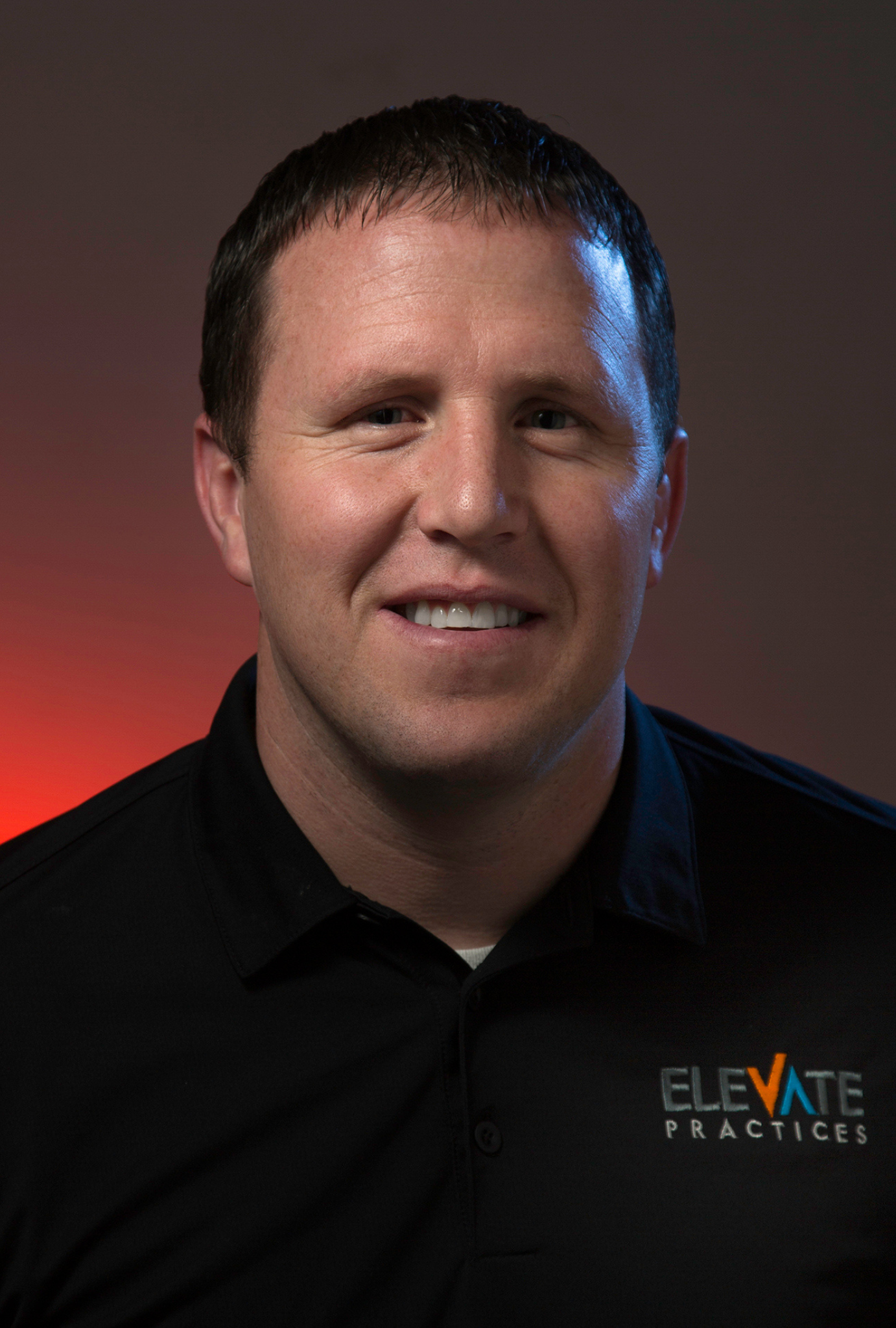[cs_content][cs_section parallax=”false” style=”margin: 0px;padding: 45px 0px;”][cs_row inner_container=”true” marginless_columns=”false” style=”margin: 0px auto;padding: 0px;”][cs_column fade=”false” fade_animation=”in” fade_animation_offset=”45px” fade_duration=”750″ type=”1/1″ style=”padding: 0px;”][cs_text][dropcap]E[/dropcap]ffective team members make a huge difference in the practice since your practice is a service business. Bad hiring decisions often lead to messy firings – or worse, not firing and allowing a bad team member to stay on. Here are some ways to make sure you are getting the right people and to do your part – as getting the right people for your practice requires sifting through many applicants to find the right fit. If you are not finding great team members, it might be due to a poor hiring process. Let's focus on getting hiring right.
Hire Right, Hire Slow
It is worth creating a detailed hiring process to increase the probability that you are hiring only the top team members. Combined with a great culture, strong core values, and an inspiring vision, you will begin to attract great applicants. It's also worth remembering that some interview candidates may be really good in certain organizations, just not in your practice. Imagine you are put into a position that you do not love in a business – would you be a good team member regardless of your role? Good employees are good partly because they fit within your practice and culture.
[x_blockquote cite=”Jason Jennings, Think Big, Act Small” type=”center”]The cultures of these companies are so strong that each self-selects the team members who will become successful. If someone fits the culture, they're in. If they don't fit the culture, they're out fast.[/x_blockquote]
You Don't Hire Them
Hiring is a process that hopefully efficiently and effectively identifies only those prospects who will fit within your organization. Fortunately, the dentist and/or office manager don't have to be the only ones to make the decision. Here is an outline of a sample hiring process you could use in your practice:
- Initial interview with office manager: This is an opportunity to see how they are dressed, how they interact with you, their non-verbal communication, and whether they smile and look you in the eye. As a rule of thumb, you should talk only one-third of the time (2 ears, 1 mouth). This is also an opportunity for you to give them a tour of the practice and introduce them to your team. Remember the interviewee may end up working at another office or may be a patient of your practice and you want to maintain a positive image, especially if you do not hire them. Keep this interview to around 15-20 minutes.
- 2nd interview with lead position: Your next interview should involve the lead position of the area in which the candidate will be working. This now starts to take some of the responsibility off the office manager's (and doctor's) shoulders. This is essentially the same format as the first interview except the lead is doing the talking instead of the office manager. The lead can get into more specifics of the day-to-day role and determine whether the interviewee is someone who fits in the practice.
- 4-8 hour working interview: While you will need to be familiar with the legal aspects of working interviews, they are often a great way to determine if someone is a good fit. The goal is to find out if candidates are “faking it” by putting them in a real environment, i.e., getting past the honeymoon period. They should be given the experience of working in the position and not just shadowing. This now puts the hiring decision partly in the hands of the entire team, while still giving more weight to the lead, office manager, and, ultimately, the practice owner.
- Interview with Doctor: The beauty of this process is the doctor is focusing on producing and has delegated important decisions to his or her team. It conveys trust and also places responsibility on the entire team for choosing an excellent candidate.
Fire Fast
One of the most frustrating situations we see is when practice owners take small steps toward firing employees. Here is what we sometimes see. Options for not firing someone who they need to let go:
- Decrease hours
- Decrease pay
- Place them on less important tasks
Some dentists wonder how they will get along without the team member's skill set. They are held hostage by them. One way to find out who you want on your team is to ask yourself, “If someone were to come in and fire everyone who I didn't defend keeping on my team, who would be left?” Sanctioned incompetence makes you look bad in the eyes of your good team members. It isn't uncommon that leaders on the team know which team members are not a good fit, yet doctors do not make the hard decisions. This allows incompetence in your organization.
[x_blockquote cite=”Herb Kelleher, Co-Founder, Southwest Airlines.” type=”center”]“We will hire someone with less experience, less education, and less expertise, than someone who has more of those things and has a rotten attitude. Because we can train people. We can teach people how to lead. We can teach people how to provide customer service. But we can’t change their DNA.”[/x_blockquote]
Assuming you have a great hiring process, culture, training program, and team handbook in place, you should be able to easily identify those who do not fit in your practice, and, crucially, so will your team. This makes firing more black and white. You need to “free up their future” by letting them go – and the best and least painful way to do it is to fire them fast. Somewhat ironically, they are often happier after they are gone, and they didn't realize how unhappy they were in your practice.[/cs_text][x_gap size=”25px”][x_share title=”Share this Post” share_title=”” facebook=”true” twitter=”true” google_plus=”true” linkedin=”true” pinterest=”true” reddit=”true” email=”true” email_subject=”Hey, thought you might enjoy this! Check it out when you have a chance:”][/cs_column][/cs_row][/cs_section][cs_section parallax=”false” style=”margin: 0px;padding: 45px 0px;”][cs_row inner_container=”true” marginless_columns=”false” style=”margin: 0px auto;padding: 0px;”][cs_column fade=”false” fade_animation=”in” fade_animation_offset=”45px” fade_duration=”750″ type=”1/1″ style=”padding: 0px;”][x_author title=”About the Author” author_id=””][/cs_column][/cs_row][/cs_section][/cs_content]




